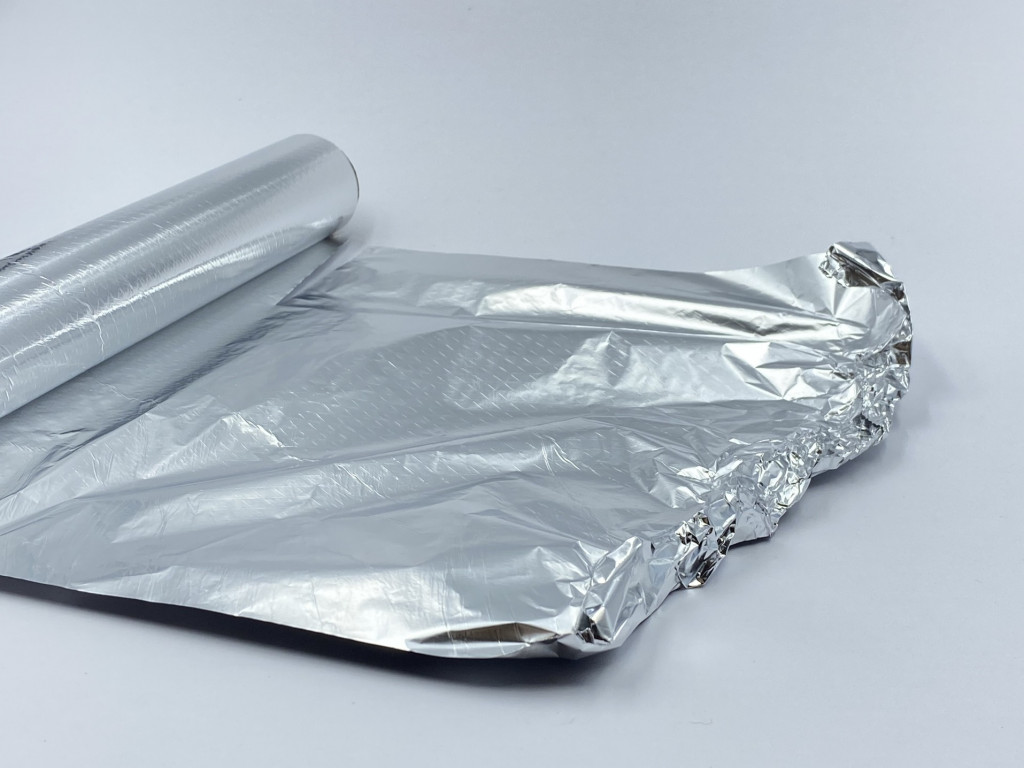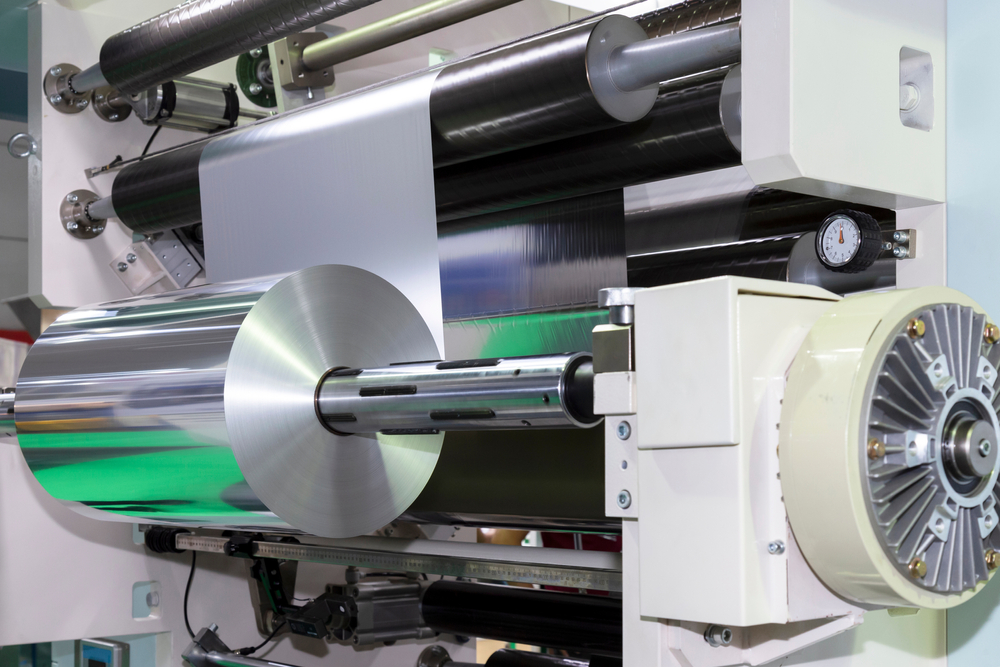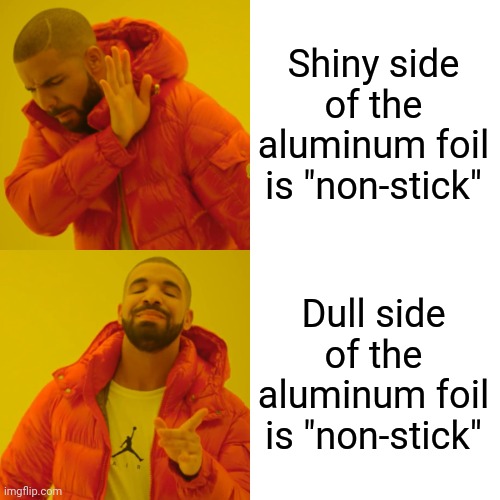The difference in the appearance of the two sides of aluminum foil—one shiny and the other dull—occurs due to the existing manufacturing process.
Have you ever wondered why the piece of aluminum foil your mother uses to wrap leftovers has two different-looking sides?
Well, this is one of the most asked questions that even Michelin Star chefs might not have the answer to. Let’s dive into this strange manufacturing fact and learn more about this foil, which finds use not only in your kitchen, but also in industries, decorations, electronics, and so much more.

Rise Of Aluminum Foil
In the past, people used tin foil for packing food, but it wasn’t malleable enough and also left a subtle taste of tin in the food. It was only in the 1910s, aluminum foil came to the rescue and replaced tin foil, due to it being cheaper and more durable. In 1910, Robert Victor Neher patented the process for the continuous rolling of aluminum. This led to the establishment of the first rolling plant for aluminum in the Kreuzlingen District of Switzerland. Its popularity grew in 1911 when a Bern-based Tobler started using aluminum foil to wrap chocolate bars. By 1912, its popularity had grown and Maggi started using aluminum foil for the packaging of soups and stocks. Soon its uses were widely exploited and aluminum foil entered the US markets in the following years, which was a further boon for its popularity.
Today, consumers and businesses have benefited from the use of aluminum foil in countless ways. The market for aluminum foil is growing and expanding all the time with increasing research and new uses being found every day.

Why Is Aluminum Foil So Useful?
Aluminum foil provides a complete barrier to light, oxygen, moisture, and microorganisms like bacteria and viruses. That’s why aluminum foil is used in food and pharmaceutical packing and wrapping. It is also a good conductor of heat, so it’s used for cooking microwave and convection oven meals.

Aluminum foil is additional employed in aseptic packaging that allows perishable goods to stay fresh without refrigeration. It is non-toxic and has corrosion resistance.
Aluminum foil is almost 88% reflective and is therefore used for thermal insulation, photography, and heat exchange.
Aluminum foil is also recyclable, so it is considered environmentally friendly.
Also Read: Why Does Aluminum Foil Not Feel Hot After It’s Taken Out Of An Oven?
Why Is One Side Of The Aluminum Foil Shiny While The Other Is Dull?
This is not a marketing gimmick or any secret technique, but simply a result of the process of manufacturing aluminum foil that, leading to the different appearances of the two sides. One side is shiny and the other side is dull or matte after manufacturing.

The process of manufacturing aluminum foil involves rolling aluminum slabs cast from molten aluminum in a rolling mill to get the desired thickness of the foil. It is due to this process of “milling” that results in the difference between the two sides. During this process, heat and tension are applied to stretch the foil and give it the desired shape and size. To avoid breaking the foil, two layers of the foil are pressed together and milled at the same time. After the process of milling, the two layers are separated and are then ready to use.

The side that was in contact with another layer becomes the “dull” side, while the side that was milled without being in contact with the other layer is the “shiny” side. It is purely due to the existing methods of manufacturing aluminum foil that it possesses a shiny side and a dull side.
Is There Any Actual Difference Between The Two Sides?
The debate has been ongoing for a long time regarding the two sides of aluminum foil. People have been fighting over designating the”correct” side for aluminum foil. As it turns out, there is no “correct” side and both sides are ideal to use for cooking or any other purpose.
Choosing a particular side to use is completely dependent on your needs. For example, you might like to keep the shiny side up to aid in tasks that need better reflective surfaces.
The only major difference is the non-stick coating. The dull side is generally more non-stick than the shiny side, so if your work demands a non-stick foil, use the dull side for such purposes.

A Final Word
The aluminum foil industry has emerged as a major industry over time and continues to grow at a high rate. New technological advancements and extensive research is paving the way for new opportunities for the exploitation of aluminum foil.
Aluminum foil is being mixed with flexible films to create lightweight and durable packaging that allows the foil to expand during production and contract after consumption of the product, resulting in a reduction of waste.
Aluminum foil manufacturing and distribution require less energy than many other processes. Methods are in the developing stages to improve the processes involved in order to reduce air pollution and hazardous waste.

In other words, the market for aluminum foil is on an upward curve. Many new advancements and hybrids of aluminum foil might be entering the market in the near future… the sky is the limit for this versatile and unique material!
Also Read: How Is Aluminum Made?
How well do you understand the article above!

